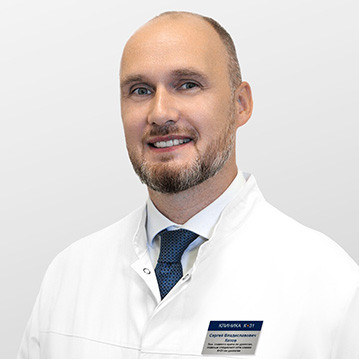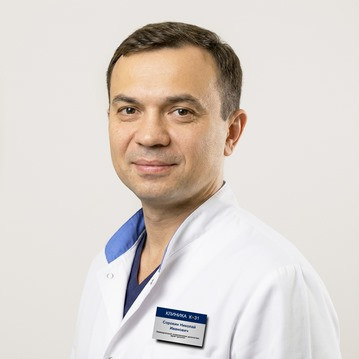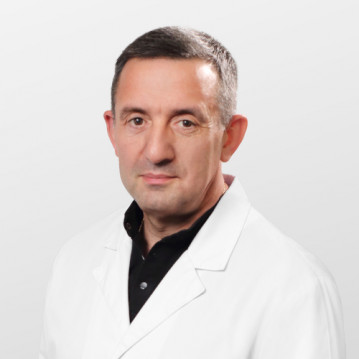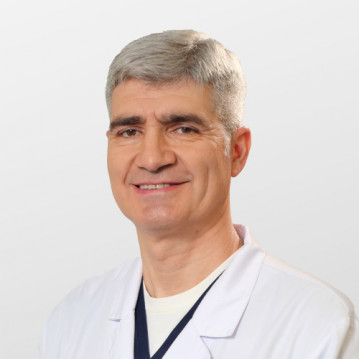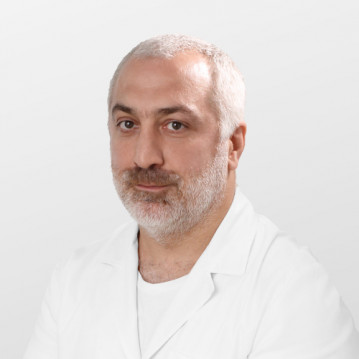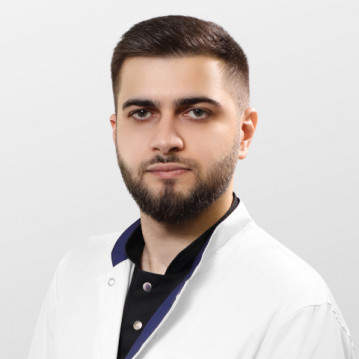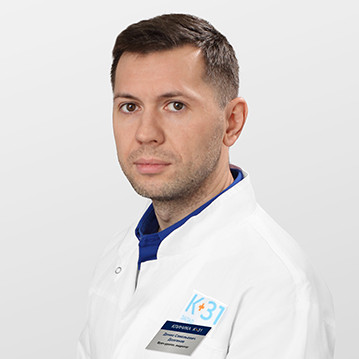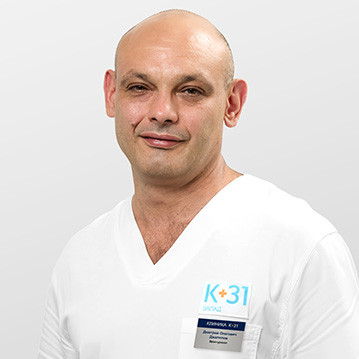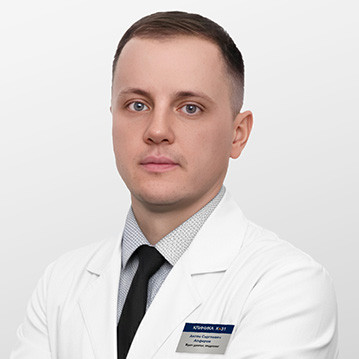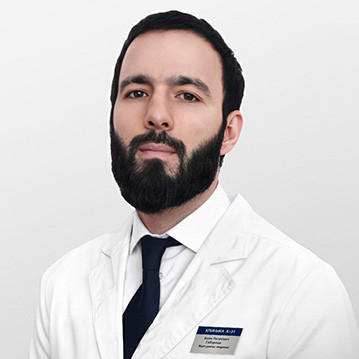Do you have pain in your lower back or side, discomfort in your perineum, or trouble urinating? Recommends a comprehensive examination of the genitourinary system. Doctors of the multidisciplinary clinic "K+31" in Moscow perform diagnostic operations and manipulations in the department of urology. The medical center is equipped with expert-class equipment.
What does the urologist do at the appointment?
During the first visit, a specialist urologist collects an anamnesis. He finds out what is bothering the patient, and how long ago the pain or discomfort appeared.
Then the doctor conducts a physical examination, including an examination of the external organs of the urogenital system and palpation of the abdominal region (palpation of the abdomen). If a prostate tumor is suspected, a digital rectal examination is necessary.
The patient is sent for tests (laboratory testing of blood and urine). Additionally, a bacterial culture of urine and a smear from the urethra is carried out to determine the qualitative and quantitative composition of the microflora.
An objective assessment of the data obtained allows you to confirm the presence of an infection or inflammatory process and make a preliminary diagnosis.
Instrumental diagnostic methods
To verify the diagnosis, hardware urological studies will be required.
These include:
- ultrasound scanning (ultrasound);
- fluoroscopy;
- computer and magnetic resonance imaging;
- endoscopy;
- biopsy.
Using ultrasound, the diagnostician detects calculi (stones) in the urinary system, foreign bodies, adhesions and inflammatory tissue changes. An ultrasound examination is usually performed transabdominally (through the anterior abdominal wall), but to clarify the results, TRUS (transrectal sonography) can be additionally prescribed.
X-ray studies are needed to obtain complete information about the localization of cysts, tumors and dense formations. In addition to survey images, urography with contrast is prescribed.
Ascending (retrograde) ureteropyelography is used to study the condition of the upper urinary tract. During cystoscopy, a catheter is inserted into the ureter through which an iodine-containing contrast agent is injected. In the pictures in the anterior and lateral projections, the ureters, renal pelvic segment and calyces are clearly visible.
Incomplete contrast enhancement may indicate pathology. Ureteropyelography reveals stones, blood clots, and strictures that obstruct urine flow.
Please note: Infusion urography is a variant of ureteropyelography in which a contrast agent is injected intravenously to prevent excessive stress on the kidneys.
Urethrography is an X-ray examination that is prescribed for mechanical injuries or suspicion of fistulous passages and urethral strictures.
Descending (antegrade) ureteropyelography is prescribed if other diagnostic methods turned out to be uninformative. It involves the introduction of contrast through percutaneous puncture of the kidney or through the nephrostomy.
Computed tomography takes a series of x-rays to obtain a layered image of an organ. MRI helps to detect stones, developmental anomalies, deformity and prolapse of the kidney, as well as a benign growth or cancer of the prostate gland.
Endoscopy is a minimally invasive procedure for assessing the condition of the urethra and bladder. Under general anesthesia, an instrument equipped with an optical system and a light source is inserted into the urethra. Chromocystoscopy involves the use of a dye (indigo carmine) to assess the process of passing urine.
A biopsy (puncture tissue sampling) is required for the differential diagnosis of tumors, i.e., determining the type of neoplasm. The material is sent to the laboratory for histological and cytological examination.
If the doctor has reason to suspect a pathology of the organs of the male reproductive system, he directs the ward for diaphanoscopy (transillumination) of the soft tissues of the penis and scrotum.
Diseases that translucence helps to identify:
- hydrocele (hydrocele);
- groin hernia;
- spermatocele;
- cysts of the appendages of the testicles;
- orchitis and orchiepididymitis (inflammation of the tissues of the testicles);
- Neoplasms of a benign and malignant nature.
For urinary retention due to urological diseases, a non-invasive screening procedure such as uroflowmetry is used. Time to voiding, average and maximum flow rates, and total urine volume are assessed.
A comprehensive examination of the urogenital system often reveals pathologies in which women need to consult a specialist in the field of gynecology, and men - to an andrologist.
